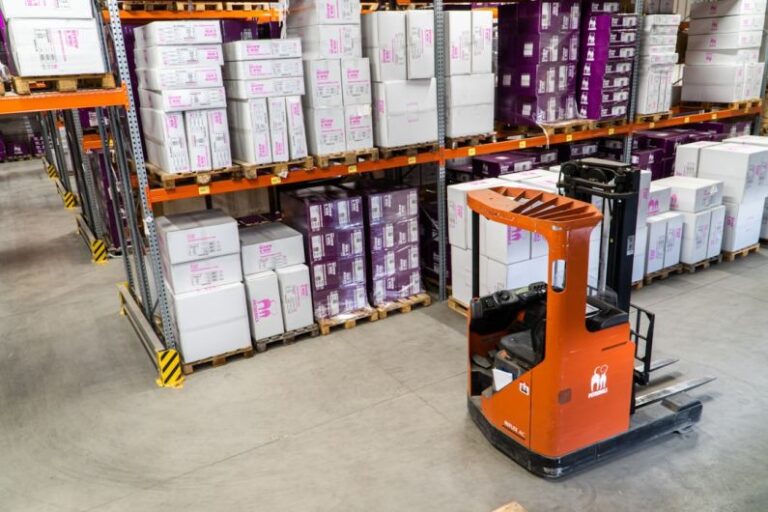Optimizing Warehouse Layout for Maximum Efficiency
Creating an Optimal Warehouse Layout for Enhanced Efficiency
When it comes to running a successful warehouse operation, one of the key factors that can significantly impact productivity and overall efficiency is the layout of the warehouse itself. An optimized warehouse layout can streamline operations, reduce errors, and improve overall workflow. In this article, we will explore some key strategies for designing and implementing a warehouse layout that maximizes efficiency.
Maximizing Storage Space Utilization
One of the primary goals of optimizing a warehouse layout is to maximize the utilization of storage space. To achieve this, it is essential to carefully plan the placement of shelves, racks, and storage bins. Utilizing vertical space by installing tall shelving units can help make the most of the available space while keeping the floor area clear for efficient movement of goods and personnel.
Furthermore, implementing a system of standardizing storage locations for different types of products can help reduce the time spent searching for items. By organizing products based on their frequency of use or size, warehouse staff can easily locate and retrieve items, leading to faster order fulfillment and reduced picking errors.
Efficient Workflow Design
Efficient workflow design is crucial for optimizing warehouse operations. This involves ensuring that the layout allows for a smooth flow of goods from receiving to storage and then to shipping. One way to achieve this is by implementing a logical layout that minimizes the distance traveled by goods within the warehouse.
For example, grouping products that are often picked together in close proximity can help reduce travel time and improve overall efficiency. Additionally, establishing clear pathways and designated areas for specific tasks, such as packing or labeling, can help prevent bottlenecks and streamline operations.
Utilizing Technology for Enhanced Efficiency
In today’s digital age, technology plays a vital role in optimizing warehouse operations. Implementing a warehouse management system (WMS) can help automate and streamline various processes, such as inventory management, order processing, and picking. Barcode scanning and RFID technology can also improve accuracy and efficiency in tracking and locating inventory items.
Furthermore, investing in automation technologies, such as conveyor systems or automated guided vehicles (AGVs), can help reduce manual labor and improve the speed and accuracy of order fulfillment. By leveraging technology, warehouses can enhance efficiency, reduce errors, and increase productivity.
Safety Considerations in Warehouse Layout
Ensuring the safety of warehouse staff is paramount when designing a warehouse layout. Properly spacing out aisles, walkways, and workstations can help prevent accidents and injuries caused by collisions or obstructions. Installing adequate lighting and signage can also improve visibility and reduce the risk of accidents in the warehouse.
Moreover, incorporating safety features such as guardrails, bollards, and safety barriers can help protect both personnel and inventory from potential damage. Regular safety inspections and training programs for warehouse staff are essential to maintaining a safe working environment and preventing accidents.
Continuous Improvement and Adaptation
Optimizing a warehouse layout for maximum efficiency is an ongoing process that requires continuous evaluation and adaptation. Regularly reviewing warehouse operations and soliciting feedback from staff can help identify areas for improvement and implement changes to enhance efficiency.
By staying abreast of industry trends and best practices, warehouse managers can ensure that their operations remain competitive and efficient. Implementing a culture of continuous improvement and innovation can help warehouses adapt to changing market demands and maintain a competitive edge in the industry.
In conclusion, an optimized warehouse layout is essential for maximizing efficiency and productivity in warehouse operations. By focusing on maximizing storage space utilization, designing efficient workflows, leveraging technology, ensuring safety, and embracing continuous improvement, warehouses can streamline operations, reduce costs, and improve overall performance. Implementing these strategies can help warehouse managers create a dynamic and efficient warehouse layout that meets the demands of today’s fast-paced logistics industry.






